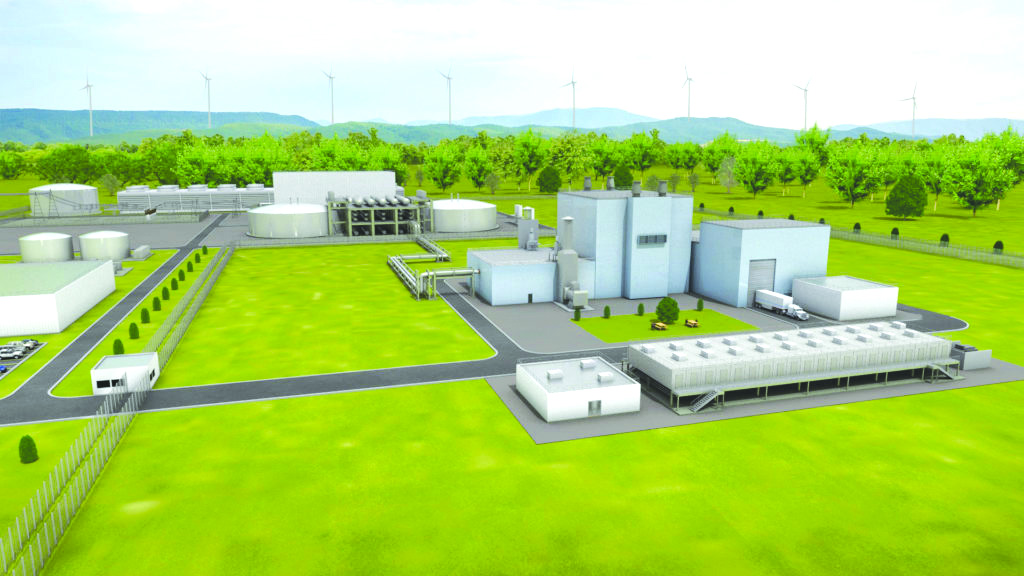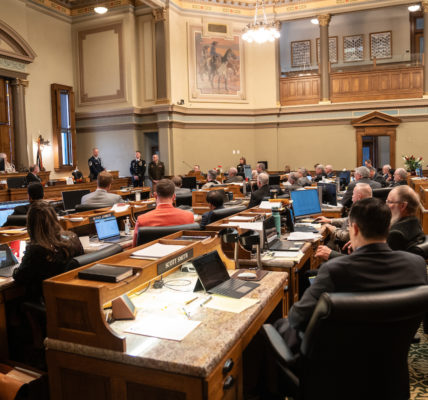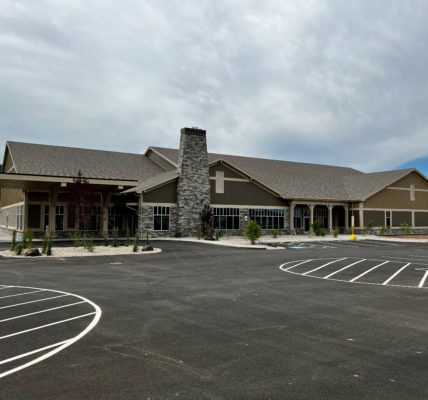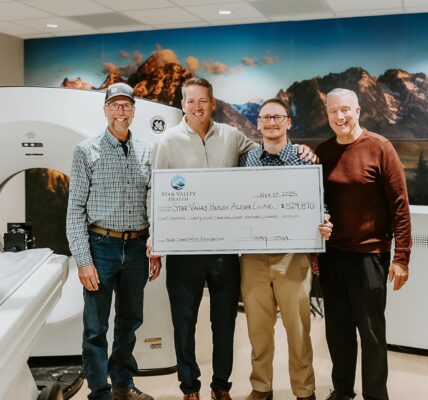Expert: Reactor will be safe; Nuclear proposal incorporates molten sodium technology

By Victoria Eavis
Casper Star-Tribune
Via- Wyoming News Exchange
CASPER – After the recent announcement that Wyoming would be getting a nuclear power plant, many Wyomingites had a similar question. Is it safe?
The Star-Tribune spoke with an expert who says yes, both the reactor and the waste storage are secure.
Wyoming will be the site of the first Natrium small modular reactor (SMR) from a partnership between Bill Gates’ company TerraPower, the U.S. Department of Energy and PacifiCorp.
The Natrium SMR has a design distinct from previous reactors, making it safer than traditional reactors.
Traditional models have complex safety systems and rely on human intervention in addition to the built-in mechanisms.
The Natrium SMR that Wyoming is getting, however, is simpler and not meant to require human intervention.
“The system is walk-away safe. That is, it takes care of itself,” said Jacopo Buongiorno, a professor of Nuclear Science and Engineering at the Massachusetts Institute of Technology. “If there is an anomaly, if there is a failure of some component, the system automatically goes into a safe state and it does so without relying on human operators or external energy sources.”
The way the Natrium SMR stores the energy it creates makes it more accident-proof too.
The reactor that Wyoming is getting can store energy in molten sodium pools for long periods of time, which makes the reactor much less susceptible to meltdowns.
What this means in practice is if the temperature of the reactor increases, the reactor is designed to naturally reduce power early enough that it will have a considerable amount of time to respond to any unusual event before anything dangerous can happen, a TerraPower spokesperson explained.
When it comes to natural disasters, the Natrium SMR is already at a much lower risk for accidents than older reactors.
Take Fukushima for example: One of the major causes of that nuclear disaster was the damage to the external energy sources and the lack of human intervention, neither of which the Natrium SMR uses. A Fukushima-like event could not happen with the nuclear power plant Wyoming is getting, according to Buongiorno.
“For this system, that accident is physically impossible because there are no engineered safety systems that can be disabled by flood,” he said.
As Wyoming becomes an increasingly wildfire-heavy state, it should be noted that the reactor will be inside a structure and mostly below ground. It is not yet clear what type of fire-proofing the reactor and the waste storage will have, but the “nuclear-related structures will meet the fire protection criteria defined by the Nuclear Regulatory Commission,” a TerraPower spokesperson said.
And, the company says, even traditional reactors in the U.S. have been proven to be safe.
“America’s nuclear reactors have a tremendous record in terms of operating safely, and advanced designs like the Natrium reactor build on that success,” the spokesperson said.
There is strict federal oversight on these commercial power plants that is imposed by the Nuclear Regulatory Commission. The regulations and guidance the federal government provides also takes into account the location and environment the power plant will be in.
The radioactive waste from Wyoming’s plant will be stored on site — which is typical for nuclear plants in the United States — until the country identifies a permanent repository.
So how threatening is the waste, or what’s called “spent fuel”?
The waste will first be stored in on site pools below meters of water inside of a secure building. The water helps to create a barrier from the radioactivity and helps to cool the waste. The heat and radioactivity in the spent fuel drops by a factor of 10 in the first month, Buongiorno explained.
The decay of radioactivity then slows over the next two to three years, at which point the waste is transferred to dry casks. Dry casks are able to exist in open air at the site.
What’s more, the Natrium SMR produces significantly less waste per megawatt hour of energy produced than a traditional reactor.
“The likelihood that something that goes wrong is very … small,” Buongiorno said. “In addition to that, if something goes wrong, the consequences are also smaller.”






